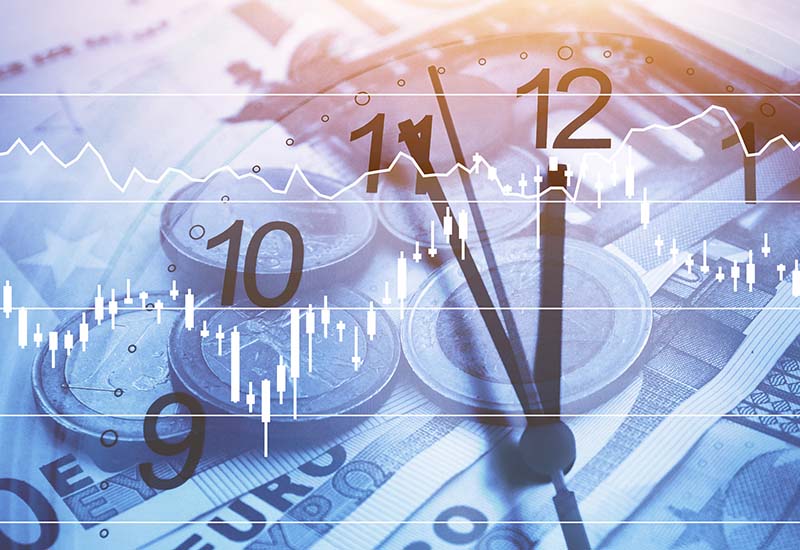I came across an article the other day on Yahoo Finance with the scary sounding title of “One of the best signals in the stock market is saying it may be time to sell.”
I hate articles like this. They prey on people’s emotions and (sometimes) limited knowledge of market history. I have enough context built to know that articles like this are worth ignoring, but many people don’t. Occasionally, I’ll get similar columns forwarded to me from family or friends with the simple question: do you agree?
The first thing to note when you come across an article like this—one that relies on using either fear or greed to get you to click the link—is that any market pundit putting out these scary sounding predictions doesn’t know your particular circumstances. So they can’t possibly make a good recommendation for you. They don’t know your time horizon, understand your goals or your investment strategy, so making a blanket recommendation isn’t going to work for you.
It’s possible, not probable that a forecast like this might make sense for certain people (and just to be clear, this is a hypothetical example—it doesn’t even make sense in this situation as we will see). Maybe a day-trader or someone with short-term objectives. But it makes no sense for those investing for the long-term. Even if it was good advice, where’s the pundit going to be when it’s time to reinvest? How do you know when it’s the right time to buy?
The next thing to note is that investing isn’t this easy. There’s no silver bullet. If there were a magic “signal” out there to time the market, either: 1) everyone would do it, and it, therefore, wouldn’t work anymore, or 2) whoever had discovered the secret would keep it just that—they certainly wouldn’t reveal it on the virtual pages of Yahoo Finance.
But, let’s take a look at the prediction itself and we’ll see how the data can often be tortured to support a particular narrative. The article uses the trailing 12-month PE ratio to make a short-term prediction that it might be time to sell. See the chart below from the article.
Two problems: First, this is a very short-time frame. Just because it appears like a good signal over the last two years, it doesn’t mean it will work going forward—a spurious correlation in geek-speak. Next, while PE ratios are a decent predictor of long-term returns, the metric doesn’t predict short-term market movements.
Notice in the chart below from Vanguard that the 10-year PE (i.e., the CAPE ratio or Shiller PE) and the 1-year PE both do a decent job predicting returns over the long-term. However, they still only explain about 40% of the variance in returns over the next decade. But, one-year returns (in the gold bars) are virtually unpredictable.
So, coming back to PE as a timing indicator. Is it time to sell? Using the 1-yr PE ratio, but extending the data back to 1989 (which was as far back as I could go on Standard and Poor’s website) paints a different picture.
The current PE ratio, using operating earnings on the S&P 500 index, is about 18.5%, a level that the Yahoo article views as dangerous.
However, in reality, anything can happen over the next year. The trailing PE only explains about 11% of the variance in returns over of the next 12 months since 1989. What’s more, over this period when PE ratios are between 17-19 which is where we are today next year returns have varied between -40% and +47%! (highlighted in green below).
Not exactly a precise or surefire prediction.
So, instead of getting caught up in things outside your control, and short-term market movements definitely are, expecting a high probability of investment success requires four things: managing your behavior, controlling expenses and taxes, diversifying, and basing your investment strategy on the evidence—not gut feel or forecasts.
Scary sounding predictions like this, while emotionally compelling, don’t lead to a high probability of investment success. They continue to get press, not due to a track record of accuracy, but rather because they prey on human nature and our hard-wired fight or flight instinct.
Click here for disclosures regarding information contained in blog postings.
Cordant, Inc. is not affiliated or associated with, or endorsed by, Intel.





